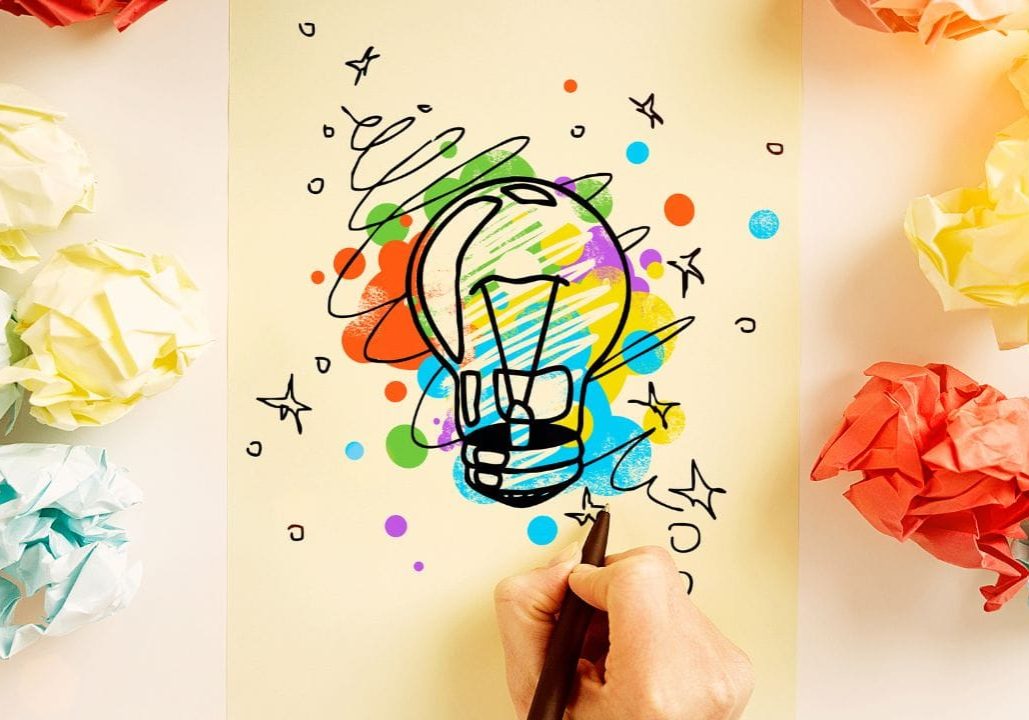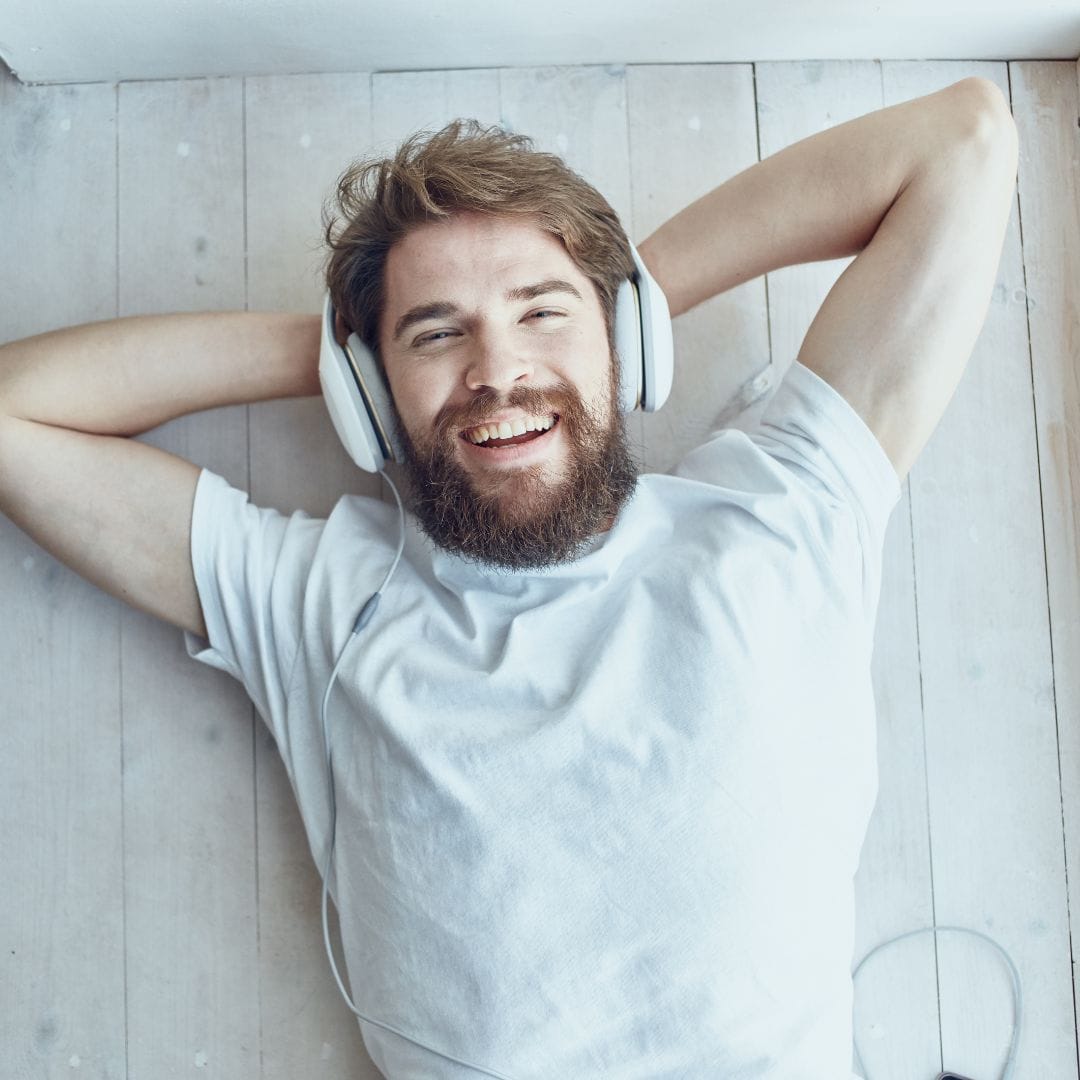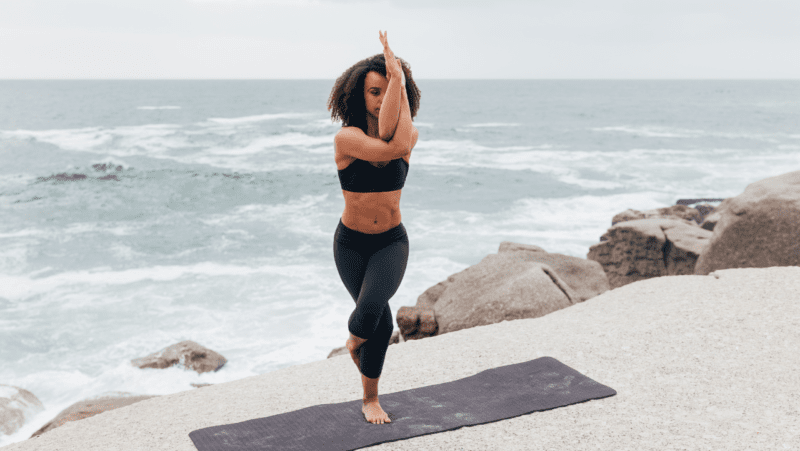
5 ways to tap into your creative nature
We are all artists if we choose to be. By Laia Bové
If you had asked me a few years ago if I considered myself an artist, I would have laughed pretty loud and professed, “oh, no, not me!” Same as if you had asked me if I thought I was creative, adventurous, or resilient.
Yet at the same time, I was a competitive and professional figure skater for over two decades, I sing more than I talk daily, and I was the CEO of my own literary agency (Ric-Rac if you’re interested) where I self-published my short stories and poems at the age of 9. I was also the illustrator, although drawing may not have been my top talent. Yet I never saw myself as an artist, nor did I think I did any creating in my daily life.
I was just a figure skater.
Just a yoga and meditation teacher.
Just a person that likes languages, words, and music.
In 2020, one of my good friends invited me to participate in a peer group where weekly, we discussed the gem of a book that is The Artist’s Way.
Without truly knowing what I was getting myself into, I joined this small group of what I considered real artists: a surf-board designer, a paper artist, painters, yoga teachers, musicians, writers, poets, and a couple of DJ’s. Many of them hold more than one of these titles at once.
To me, these true artists had something I didn’t: the gift of creativity.
As if it was something for the elite, as if creativity wasn’t everyone’s birthright.
It took me getting through Julia Cameron’s workbook with my friends more than once to begin to grasp this.
In between morning pages, artist dates, and exercises that at times activated me (with intent and a purpose), I began to understand that anyone can create; we are all artists if we choose to be.
I now not only consider myself an artist and a creative, but I have allowed my writing, singing, and other outlets to continue to blossom. In the book, the author says: “Creativity lives in paradox: serious art is born from serious play.”
And I have found that to be absolutely true. There are certainly days when I have to finish an article. There are days when I need to write a chapter of my novel. There are times when I must create a sequence for a new class. And when I finally sit down to do the thing after I’ve done all the procrastinating, the well of inspiration is dry.
Some people call it writer’s or creator’s block. I like to call it time to play.
The secret is simple, yet not easy: just let go. Here are a few ways I have found to quite consistently reignite my latent inspiration, sometimes one of them will do it, but at times it is patience and a combination.

1 Get Outside
If you feel blocked and creativity seems to have ceased flowing, get outside for a few minutes. Sit on your balcony, or garden, find a park, or anywhere else where you can surround yourself with nature. If going outside isn’t possible, open a window and look outside, or even browsing pictures of beaches, forests, or the scenery you like on Pinterest may suffice.
The idea is to harmonise with nature for a while. Use your senses to delight in the colours, shapes, and sounds. To name and examine different textures and infuse yourself with the knowledge that life itself is art; everything around you is an act of creation. Going outside can help you reconnect to a sense of wonder, and boost your creativity.

2 Move Your Body
Physical movement, no matter how intense or mellow, increases the size of the hippocampus and improves memory; research shows that the ability to imagine the future and to think creatively also depends on this region of the brain.
Sometimes, even when we make art for the sake of making art, we can fall into patterns of harsh criticism toward ourselves and our work, bringing us to a full stop.
Practices like yoga, Qi Gong and Tai Chi can assist in moving stuck energy, improve your mood, and help you cultivate discipline and self-acceptance, allowing space for inspiration and creativity to flow again.
If none of those seems appealing to you, turn on some music and dance, or go for a stroll or bike ride.
 3 Brain Dump
3 Brain Dump
One of the things I tend to do most before engaging in a creative endeavour is to overthink; I can talk myself out of pretty much anything.
A way to shed some light on the nonsense is by grabbing a notebook and a pen and writing every single thought down.
Dump it all out: the grocery list, that new novel idea you had, how angry you are at the cat. Write down how irrationally embarrassed you felt yesterday at the grocery store when your card was momentarily declined.
Avoid censoring yourself; no one, not even yourself if you don’t want to, needs to read it ever again.
The intention here is to push out the gunk in your mind, to make space.
Releasing is an act of creation in itself, there is no space for possibility when we remain caught in the monkey mind.

4 Music the Healer
Music is a very powerful neurological tool that helps us change our mindset and mood. Moreover, music can change the way we perceive the world, making it more positive and outgoing. I don’t know about you, but I have an ungodly amount of playlists on my Spotify, carefully labelled and organised.
If you like music, make yourself some playlists with what makes you vibe. What songs get you in a good mood, inspire you, or give you goosebumps?
Many of my playlists are curated for my classes and events, but I also have a folder of playlists labelled: 'Bandes Sonores per la Vida' (Catalan for 'Soundtracks for Life'.) There are driving playlists, 'today I hate the world' playlists, morning ritual playlists… you get the gist.
So when you want to conjure some inspiration, put on your headphones, and just jam.
5 Go Inward
The human mind operates at three levels: surface mind (intellectual/Ego), deep mind (emotional/intuitive), and beyond mind (imaginative/inspirational).
Meditation has benefits with regard to all three; it allows us to explore the deeper, dimensions of our human experience. Through brain mapping, neuroscience is showing how meditation affects brain wave activity. Regular meditation shows increased brain activity in areas associated with creativity and concentration.
Guided meditations and visualisations are a practical way to get started if meditating is unfamiliar to you or you enjoy the guidance and soothing voice of a teacher. There are a variety of platforms and apps offering both free and paid meditations.
Here is one of my guided visualisations to awaken your creativity and inspire you.
Carving out time for creative activities is important; engaging in singing, writing, dancing, drawing or making pottery, creativity improves your mental health by reducing stress and anxiety levels. It doesn’t need to be a good painting or best-selling novel, it doesn’t need to be a masterpiece; it just needs to be.
And to end with another quote that I found useful while working through The Artists’ Way: “Art is not about thinking something up. It is about the opposite – getting something down.”
Happy creating, friends.








